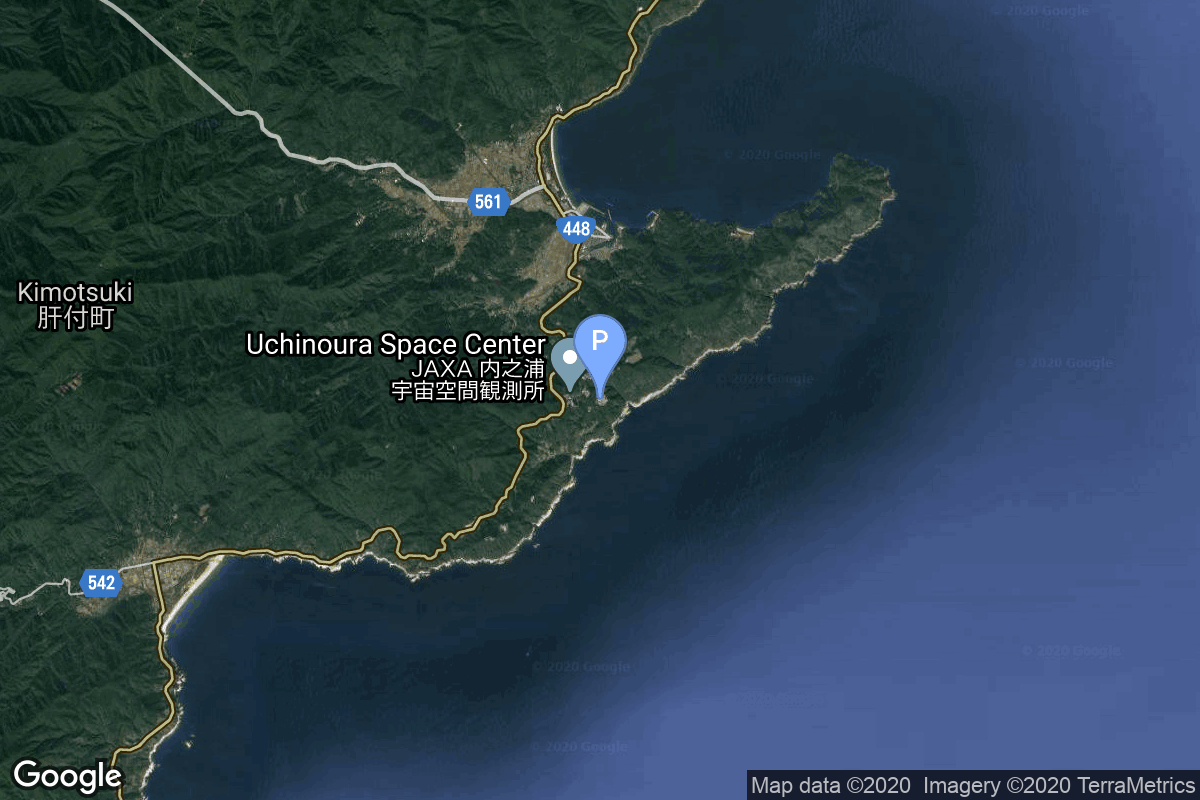ASTRO E
M-V
Institute of Space and Astronautical Science
Mission
ASTRO E
- Type: Astrophysics
- Orbit: Low Earth Orbit
Astro E is a X-ray astronomy satellite bulit as a joint effort of NASA and the Japanese space agency ISAS. Observing the X-ray spectrum of the distant universe, Astro-E was to open a new window into the workings of black holes, neutron stars, active galaxies, and other very energetic objects. Astro E was lost in a launch vehicle failure in February 2000, but a repeat Astro E2 (renamed Suzaku after successful launch) was built to conduct the mission. It was launched in July 2005 aboard a Japanese improved M-5 rocket.
Location
Mu Center
Uchinoura Space Center, Japan
Mu Center has witnessed the launch of 36 rockets, including 36 orbital launch attempts, while Uchinoura Space Center, Japan, has been the site for 43 rocket launches.
Rocket
IHI Corporation M-V
The M-V rocket also called Mu-5 was a Japanese solid-fuel rocket designed to launch scientific satellites.
Agency
Institute of Space and Astronautical Science
ISAS is a Japanese national research organization of astrophysics using rockets, astronomical satellites and interplanetary probes which played a major role in Japan’s space development.
